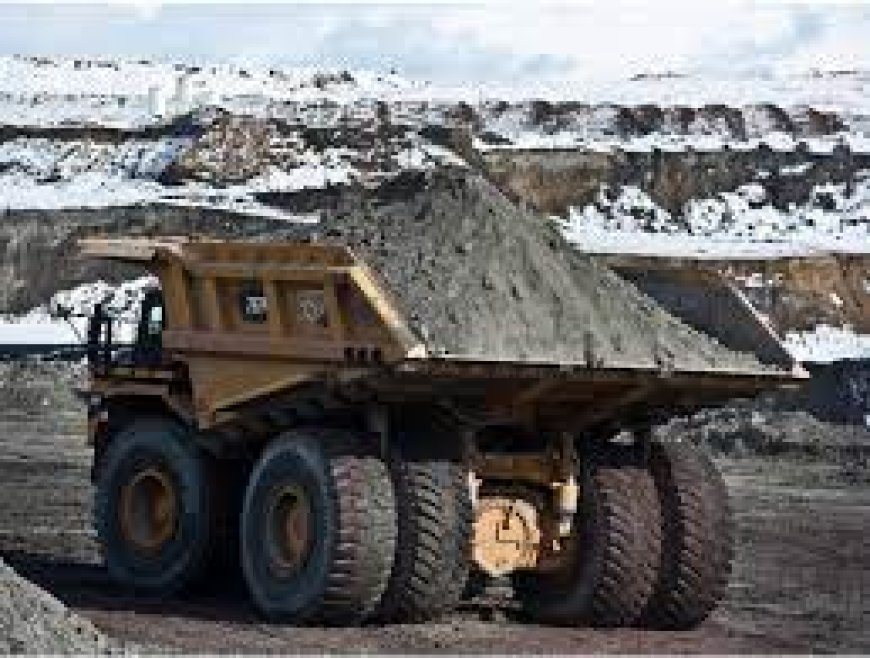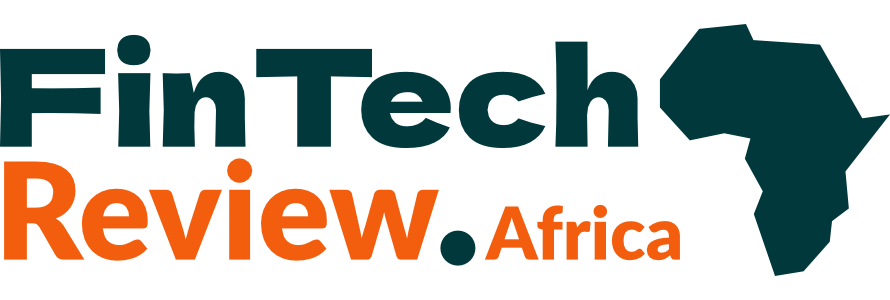MiningTech in Africa 2025: Digital Dreams, Dusty Realities

Johannesburg, South Africa — On the edge of the Kalahari Desert, autonomous haul trucks rumble through Botswana’s copper mines, guided not by human drivers, but by AI algorithms fed with satellite data and drone surveillance. Thousands of kilometers north, in the Democratic Republic of Congo (DRC), blockchain-based tracking tools are being piloted to ensure cobalt mined for global EV batteries is ethically sourced.
Across Africa in 2025, MiningTech — the intersection of mining and digital innovation — is no longer futuristic. It’s present and pressing. From automation to AI-driven exploration, Africa's mining industry is undergoing a major digital shift. Yet this transformation is layered with challenges: infrastructural bottlenecks, labor tensions, data sovereignty concerns, and widening digital divides between artisanal and industrial operations.
1. Automation and the Labor Dilemma
Mining companies are investing heavily in automation, driven by safety concerns, cost pressures, and ESG expectations. In South Africa’s platinum belt and Zambia’s copper zones, autonomous drilling rigs and remote monitoring systems are becoming standard.
“Automation has reduced workplace accidents significantly,” says Johan van Rensburg, a tech officer at Anglo American Platinum. “But it’s also reduced the number of jobs on-site.”
This shift has ignited fresh waves of labor unrest. Unions in Ghana, South Africa, and Tanzania are demanding “tech transition clauses” in collective agreements — requiring mining firms to retrain, not replace, workers.
“The real question is whether MiningTech will empower African workers — or sideline them,” says Dr. Maame Adjei, a labor economist at the University of Ghana.
2. AI and Data-Driven Exploration
Artificial intelligence is now a vital tool in exploration. In 2025, mining firms are using machine learning algorithms to analyze satellite imagery, geological surveys, and historical drill data — dramatically reducing the time and cost of finding new deposits.
In Mali, a Canadian-Australian consortium recently identified a new gold corridor using AI-driven modeling that traditional geologists had overlooked. Meanwhile, startups like Minexx and OreFox Africa are offering AI exploration services to junior miners with limited budgets.
But there’s a catch: data sovereignty. Several African governments, including Namibia and DRC, are considering new laws to ensure that geological data stays on local servers and is processed domestically.
“We’ve seen our data exported and monetized elsewhere,” says DRC’s mining minister Jules Kabila. “That era must end.”
3. Green Mining & ESG Pressure
Sustainability is no longer optional. Global demand for rare earth minerals, lithium, and cobalt — driven by the clean energy boom — has forced African miners to adopt green mining technologies and meet stricter ESG (Environmental, Social, Governance) standards.
Solar-powered operations, water recycling systems, and carbon-offset tracking platforms are being deployed across mines in Namibia, South Africa, and Madagascar. In Zambia, sensors now monitor air and groundwater quality in real-time, with data available to nearby communities.
Yet many small-scale and artisanal miners — who account for up to 20% of Africa’s mineral output — remain outside these standards.
“MiningTech risks creating a two-tier sector,” warns Fatou Bamba, an ESG consultant working in West Africa. “Clean, connected mines for multinationals — and chaotic, low-tech mines for locals.”
4. Blockchain for Traceability
As scrutiny grows over the origins of Africa’s critical minerals, blockchain technology is becoming a vital tool in combatting illegal mining and ensuring ethical supply chains.
Major tech companies sourcing African cobalt and gold are now demanding digital “mineral passports.” Platforms like Circulor, MineHub, and Everledger are working with local mining ministries to implement tamper-proof tracking from pit to port.
But rollout remains uneven. Infrastructure limitations and corruption have hindered adoption in countries like the DRC and Sierra Leone.
“Blockchain only works if there's trust on the ground,” says Henry Kweka, a Tanzanian mining tech advisor. “That means digitizing entire ecosystems — not just paperwork.”
5. The Rise of Local MiningTech Startups
A positive trend in 2025 is the emergence of African MiningTech innovators. From drone mapping firms in Kenya to mining software platforms in Nigeria, local entrepreneurs are carving out niches previously dominated by foreign tech vendors.
In Ghana, GeoScope AI provides real-time mineral data analytics tailored for West African terrain. In Rwanda, a female-led startup called SafiMine is using IoT to reduce energy waste in tin extraction.
Governments and universities are finally taking notice. Regional centers of excellence in MiningTech are being established in Pretoria, Accra, and Lusaka — with public-private partnerships to support R&D.
Conclusion: Innovation With Inclusion
MiningTech in Africa offers a glimpse into the continent’s resource-powered digital future. But innovation without inclusion could deepen inequality and inflame social tension. As the digital pickaxes of 2025 go deeper into Africa’s mineral wealth, the mining industry must ensure that local workers, communities, and innovators are not left behind.

 Francis
Francis 





